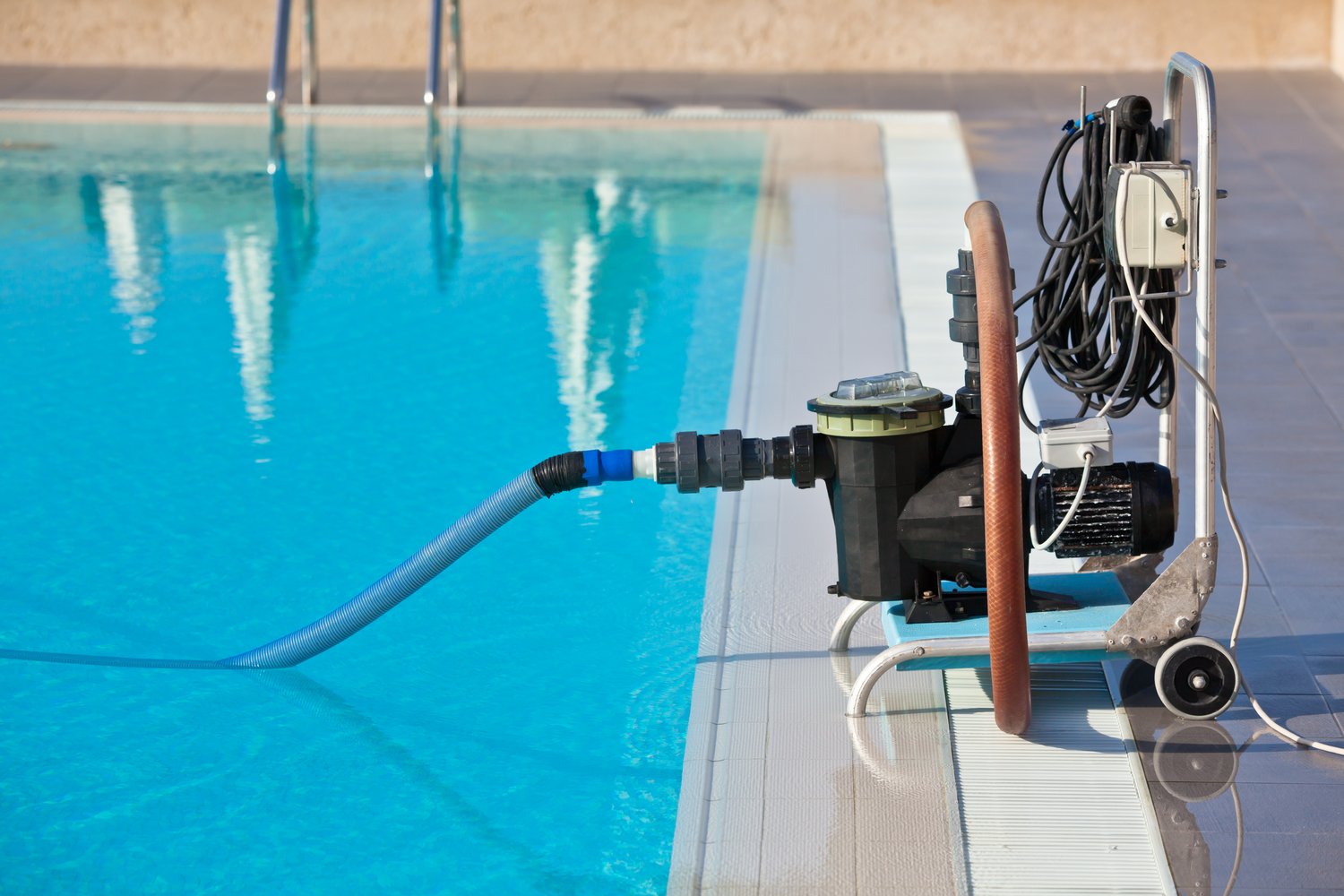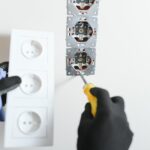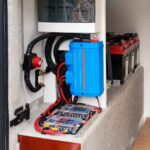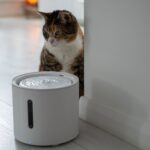Smart pool controllers are revolutionizing the way we manage pools, offering unmatched convenience and efficiency. However, when the display starts acting up, it can lead to confusion and inefficiency. Navigating these glitches requires a keen understanding of the systems at play, especially when it comes to sensors and pump controls. Let’s dive into why these issues occur and how to effectively manage them.
- Understanding Display Problems: Discover the types of display issues that commonly impact sensor and pump functionality in smart pool systems.
- Recognizing Sensor Malfunctions: Learn the symptoms of sensor issues that lead to incorrect readings on your pool controller display.
- Overcoming Pump Control Challenges: Explore how display-related control problems can disrupt your pool’s operations and what could be causing them.
- Troubleshooting Techniques: Equip yourself with effective strategies to identify and resolve sensor and pump-related display problems.
By addressing these common smart pool controller issues, you can ensure your pool remains a source of enjoyment rather than frustration. Dive deeper into these challenges and enhance your knowledge for seamless pool management.
Understanding Smart Pool Controller Display Problems: Sensor and Pump Control Glitches
Smart pool controllers have revolutionized the way we manage pool operations. Offering features such as precise temperature regulation, chemical monitoring, and even remote operation, these systems provide unparalleled convenience and efficiency.
However, the complexity of smart pool controllers means that they are not without their challenges. Display problems are among the most common issues that can compromise the performance of these advanced systems. When a pool controller display malfunctions, it can lead to incorrect data presentation, communication errors, or complete system failures. This can result in ineffective pool management and could even damage your pool equipment.
In this section, we dive into the types of issues commonly affecting sensors and pumps within smart pool systems. Understanding these problems is key to maintaining the functionality and efficiency of your pool’s smart control system. By identifying potential glitches, you can take proactive steps to troubleshoot and fix these problems, ensuring a seamless and efficient pool management experience.
Sensor Malfunction and Display Errors
Sensors are vital components of any smart pool system, responsible for providing accurate real-time data such as water temperature, pH levels, and chemical balances. When sensors malfunction, they can present several issues, including inaccurate readings on the display, or no readings at all. This can lead to poor decision-making and inefficient pool maintenance.
Several symptoms can help identify sensor problems. For example, if you notice erratic fluctuations in the displayed data, or if the display shows “error” messages, these are clear indicators of possible sensor malfunction. Additionally, if the pool’s operational responses (such as heating or chlorine dispensing) are out of sync, it might be due to faulty sensor input.
Recognizing these symptoms early is crucial to prevent further complications. Regular sensor maintenance and prompt troubleshooting can significantly mitigate display errors related to sensor issues, enhancing the overall reliability of your smart pool controller system.
Pump Control Challenges in Smart Pool Systems
Effective pump control is vital for maintaining optimal pool conditions and energy efficiency. Smart pool systems rely heavily on their pumps for circulation, filtration, and even heating functions. When the display encounters problems, it often indicates control issues that need addressing immediately.
Common causes of pump control challenges include:
- Software glitches: Outdated or buggy software can lead to erratic pump operations, causing inconsistent water flow and filtration issues.
- Electrical faults: Problems in wiring or connections may disrupt power supply to the pump, leading to display errors and unreliable performance.
- Sensor misreads: Incorrect data from sensors can result in faulty pump control, affecting both efficiency and pool conditions.
Such issues not only affect water quality but also increase energy consumption. Addressing these display problems early can prevent more serious damage to the pool equipment.
Troubleshooting Smart Pool Controller Display Problems: Identifying Sensor and Pump Issues
Diagnosing and troubleshooting display issues related to sensor and pump control is crucial for restoring an automated pool system’s functionality. Here, we outline practical steps to identify and resolve these technical challenges effectively.
First, consult the smart pool controller’s manual for any error codes displayed, as these can provide specific insights into the issue. Checking for software updates is also essential, since updates can resolve numerous bugs affecting display and pump operation.
Next, ensure that sensor readings are accurate by recalibrating your system. Sensors should provide consistent data to the display. If recalibration doesn’t work, inspect for physical damage or dirt that may affect sensor functionality.
In the case of pump control issues, evaluate the electrical connections. Loose or corroded connections can cause intermittent power delivery, affecting pump efficacy and display accuracy. Tightening or cleaning connections may resolve these problems.
If problems persist, consider consulting a professional to prevent potential damage to the pool’s complex systems. Routine inspections and immediate attention to display alerts can greatly enhance the longevity and reliability of smart pool systems.
Preventive Measures and Best Practices for Smart Pool Management
Maintaining an efficient and seamless smart pool system requires not only troubleshooting current issues but also implementing preventive measures to mitigate potential display and control problems in the future. Regular maintenance and the smart use of technology play a pivotal role in optimal pool management.
One of the most effective strategies is to schedule routine inspections of the pool’s electronic components. Ensuring that sensors and controllers are operating correctly can significantly reduce the risk of unexpected malfunctions. Regular checks enable you to identify early signs of wear or damage that could lead to sensor failure or pump control issues.
It’s equally important to keep the software systems updated. Manufacturers often release new firmware updates that address known bugs and improve functionality. Staying up to date with these releases can enhance the performance of your smart pool controller, reduce glitches in display systems, and ensure compatibility with new technologies.
Adopting best practices in smart pool technology, such as energy-efficient pump operation, can also prevent strain on your system. By setting your pumps to run during off-peak hours or employing variable-speed pumps, you can minimize energy consumption and prolong the lifespan of your equipment.
Ensuring proper water chemistry is another critical component. Imbalanced water can create a corrosive environment, potentially damaging sensors and electronics. Regularly checking and adjusting chlorine and pH levels will safeguard these sensitive components from exposure to harsh conditions.
Additionally, training for pool operators on the correct use of smart pool technology can be invaluable. Understanding how to interpret display information accurately and respond appropriately to alerts can optimize system performance and user satisfaction.
Lastly, collaborating with certified professionals for periodic system evaluations can provide insights into unforeseen issues and foster a proactive approach to pool management. Expert evaluations offer a comprehensive overview of your smart pool’s status and suggest tailored solutions for maintenance and improvements.
By incorporating these preventive measures and best practices into your routine, you enhance the reliability and efficiency of your smart pool management systems, ensuring a long-lasting, trouble-free experience.
FAQs on Smart Pool Controller Display Problems
What are common symptoms of sensor malfunction in smart pool controllers?
- Inaccurate temperature readings
- Erroneous water chemistry data
How do display problems affect pump control?
Display issues can lead to incorrect pump activation, potentially disrupting pool water circulation.
What steps can be taken to troubleshoot sensor problems?
Check connections for secure attachments, clean sensors, and verify calibration settings.
What preventive measures can improve pool management?
- Regular system maintenance
- Timely software updates
- Scheduled sensor calibration
How often should pool systems undergo maintenance?
Perform maintenance at least every season to ensure optimal functionality.





